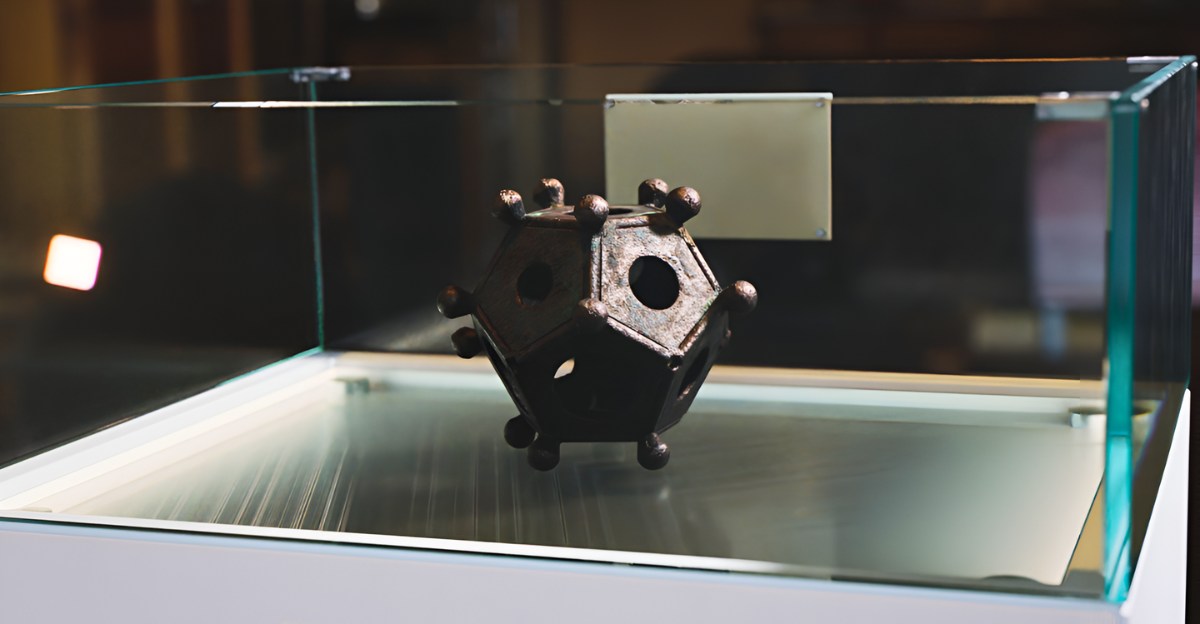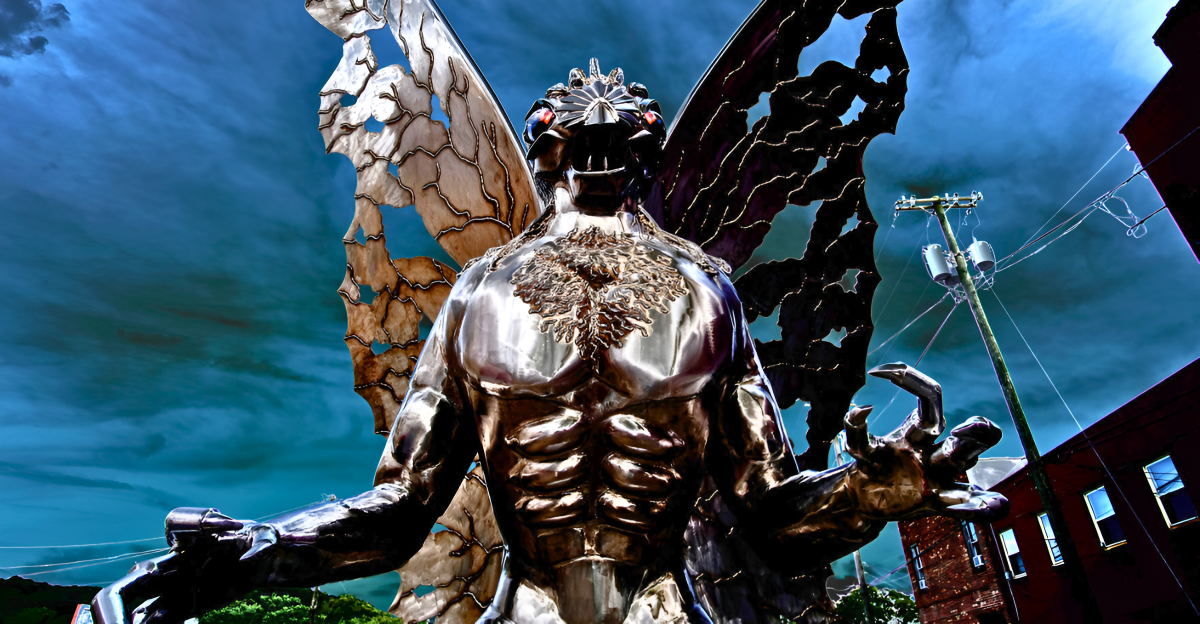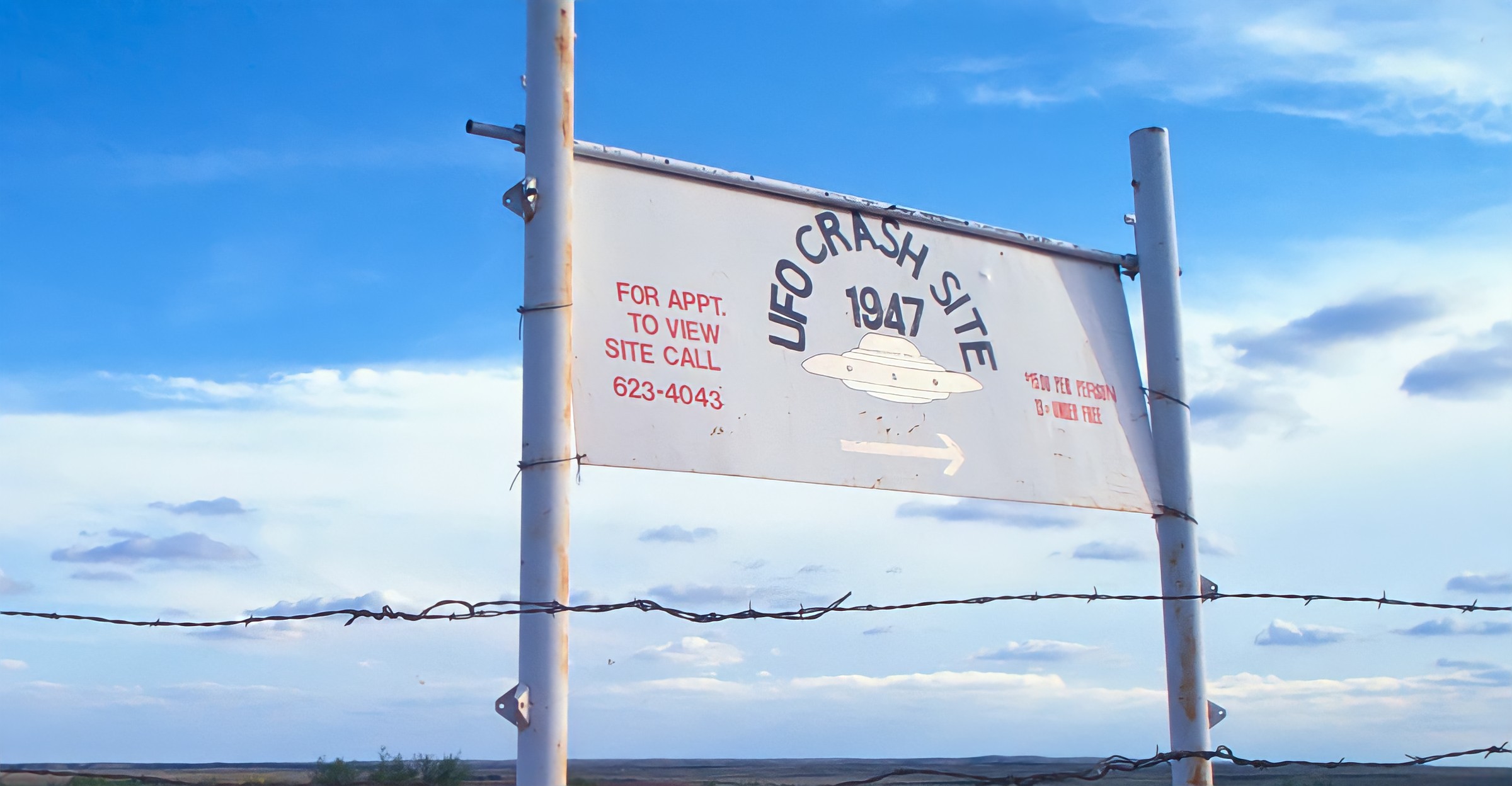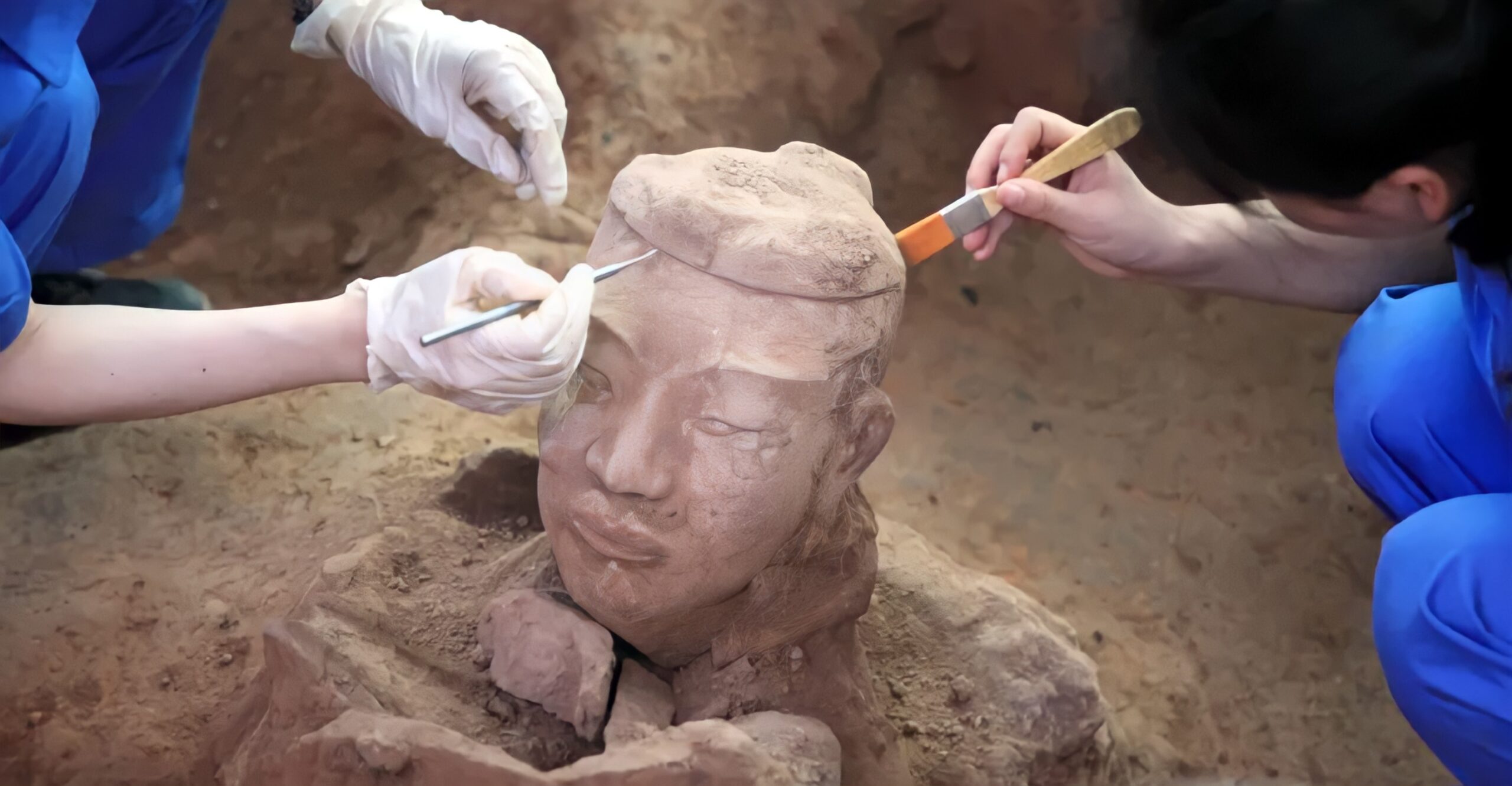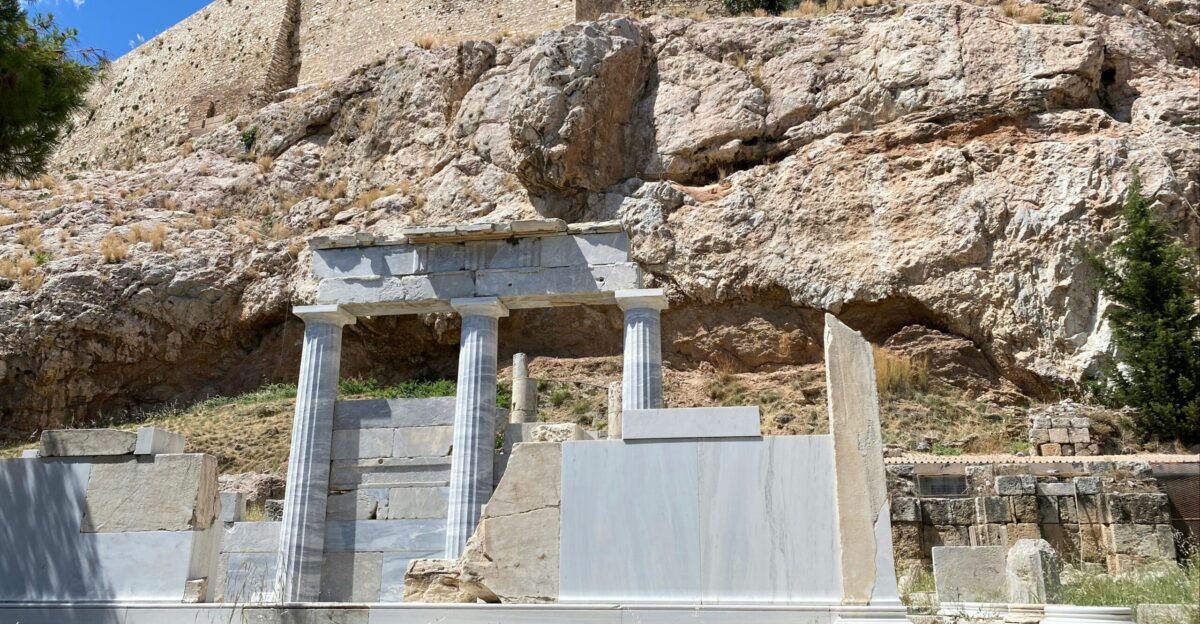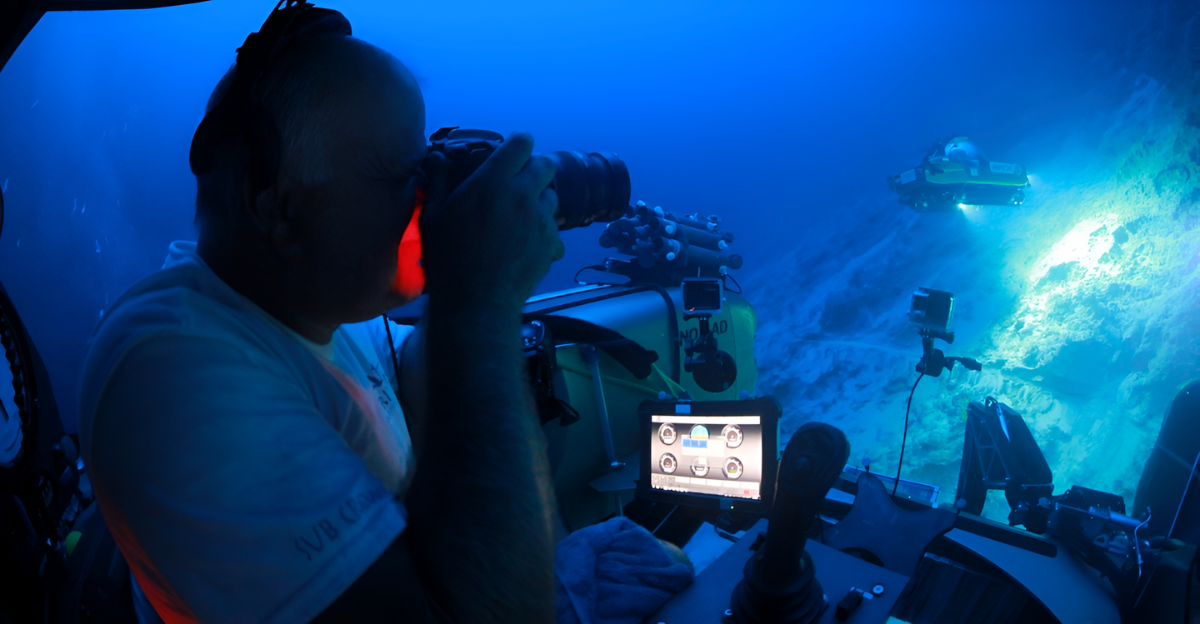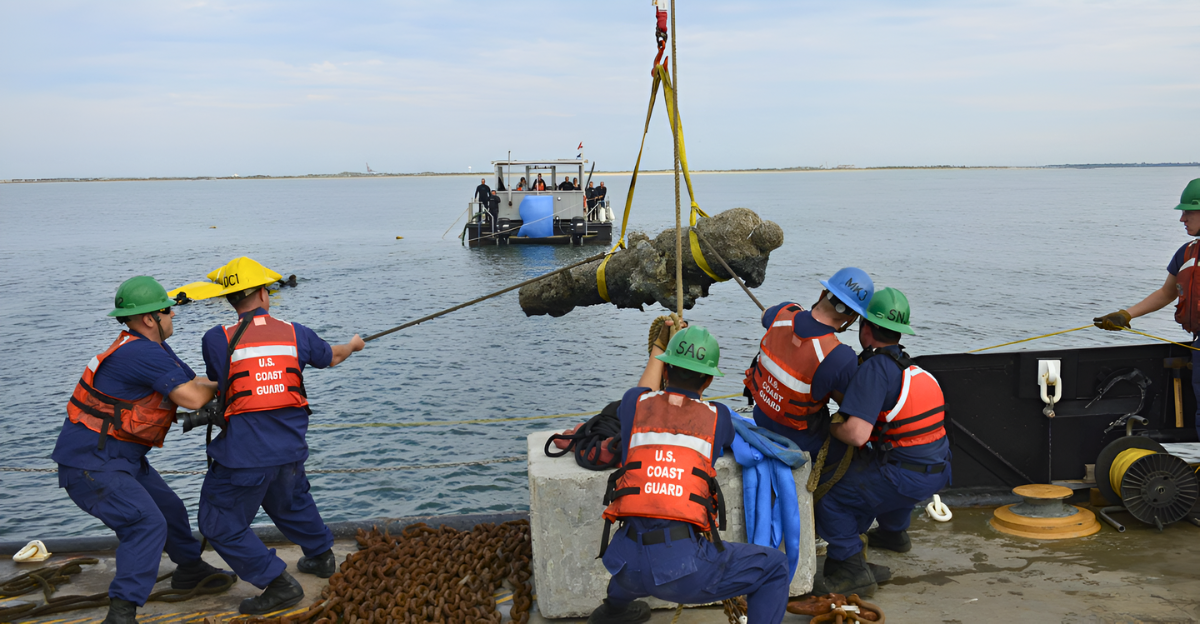
Off Madagascar’s remote northeastern coast, archaeologists say they have found the wreck of the Nossa Senhora do Cabo, a ship tied to one of the greatest pirate heists in history. Hidden beneath the waves for over 300 years, it rests in waters once ruled by outlaws.
The cargo, worth more than $138 million today, was stolen in a daring raid led by infamous pirate captains. But this isn’t just a treasure story – it’s a keyhole view into a violent, secretive world that few ships ever escaped.
The Vanishing of a 700-Ton Giant
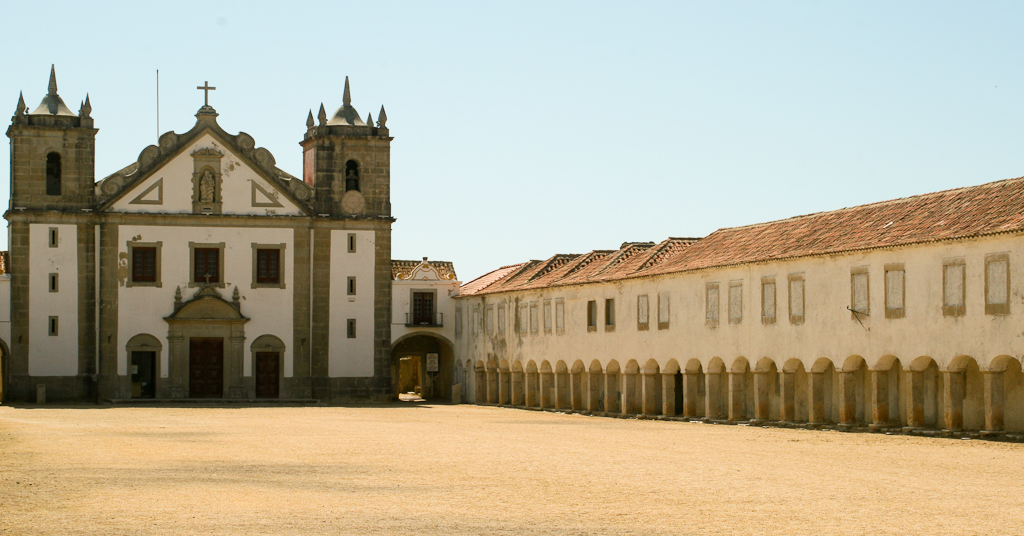
The Nossa Senhora do Cabo was no ordinary vessel. Records describe a 700-ton Portuguese carrack leaving Goa, India, in 1721 – her decks stacked with gold, silver, silks, gemstones, and over 200 enslaved souls. She never reached Lisbon. Archaeologist Brandon Clifford called her “a floating fortress of empire” swallowed by the Indian Ocean’s most dangerous waters.
For centuries, the question was: Where did she fall?
Storm-Torn and Hunted by Pirates
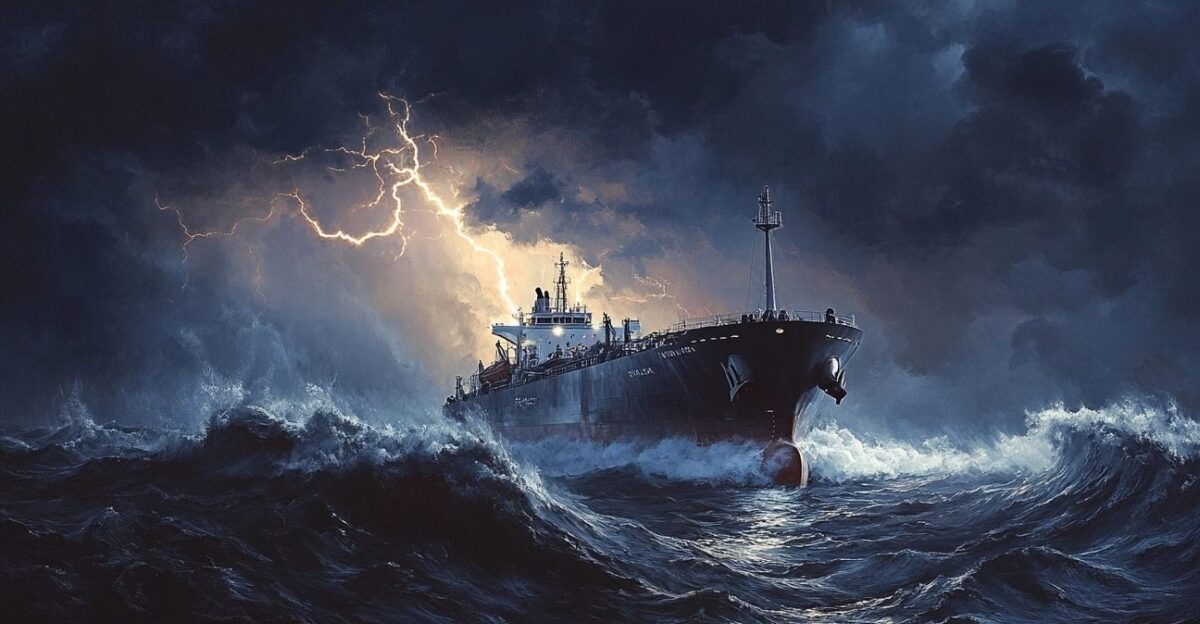
On April 8, 1721, the Cabo limped near Réunion Island, her sails shredded and cannons lost to the sea after fierce storms. That’s when they appeared – Olivier Levasseur, “The Buzzard,” and John Taylor, captains feared across oceans. Weakened and outgunned, the Cabo never stood a chance.
What followed would become one of the age’s richest and bloodiest pirate seizures.
The Loot That Made Pirate Legends Real

Cargo lists and archaeological evidence point to a staggering haul – gold and silver bars, chests spilling with pearls, more than 400 gemstones, silks, and priceless religious relics. The crown jewel: 110 diamonds and 250 emeralds.
Historian Mark Agostini called it “the kind of loot that turns pirate legends into fact.”
A 16-Year Hunt in the Shadows

Clifford and Agostini spent 16 years hunting for the Cabos’ grave. Guided by centuries-old maps and rumors passed between locals, they used sonar to scan Nosy Boraha’s seabed. Finally, a ballast pile appeared on their screens – flanked by scattered artifacts buried in sand.
The location? Right in the heart of a former pirate stronghold.
Holy Relics in a Pirate’s Hold
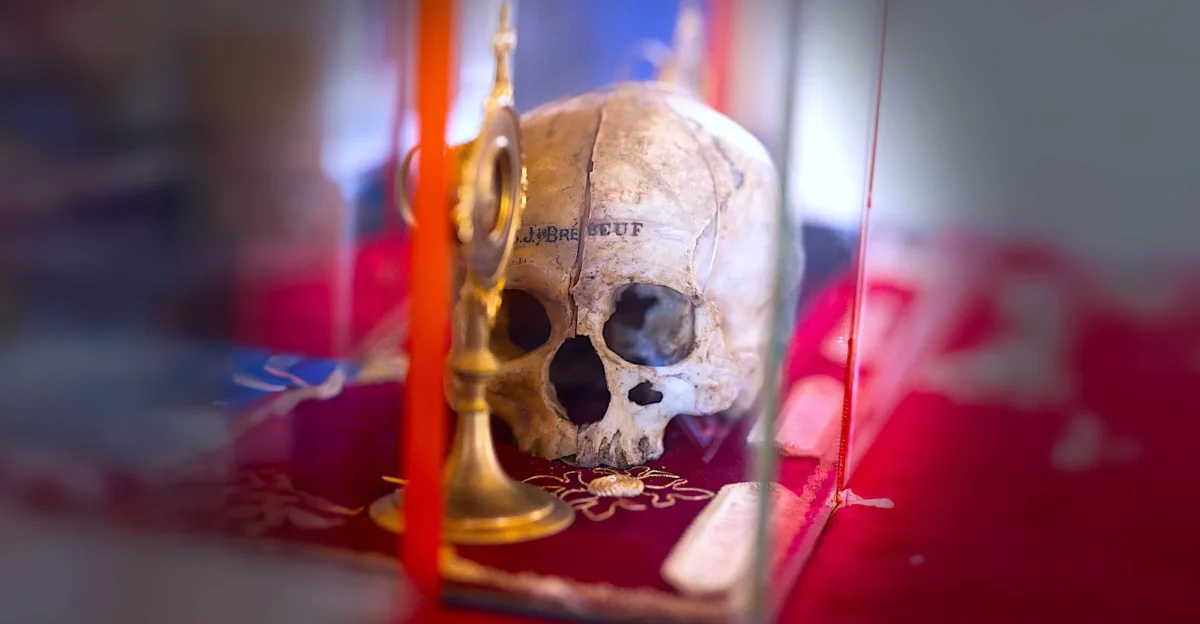
Amid coins and weaponry, divers uncovered delicately carved religious figurines, a statuette of the Virgin Mary, and a plaque etched with “INRI.” Clifford believes they began their journey in Goa’s churches and were destined for Lisbon’s cathedrals.
The idea that holy relics traveled alongside pirate-plundered treasure only deepens the ship’s haunting allure.
A Trail of Clues Across Three Continents

Other discoveries hint at Cabo’s far-reaching trade route: Arabic gold coins, shards of Chinese porcelain, and European luxury pottery. Many remain trapped in silt, untouched for three centuries.
Agostini said each artifact is “a breadcrumb in the story of a ship that crossed half the world and never came home.”
The Island That Sheltered Outlaws
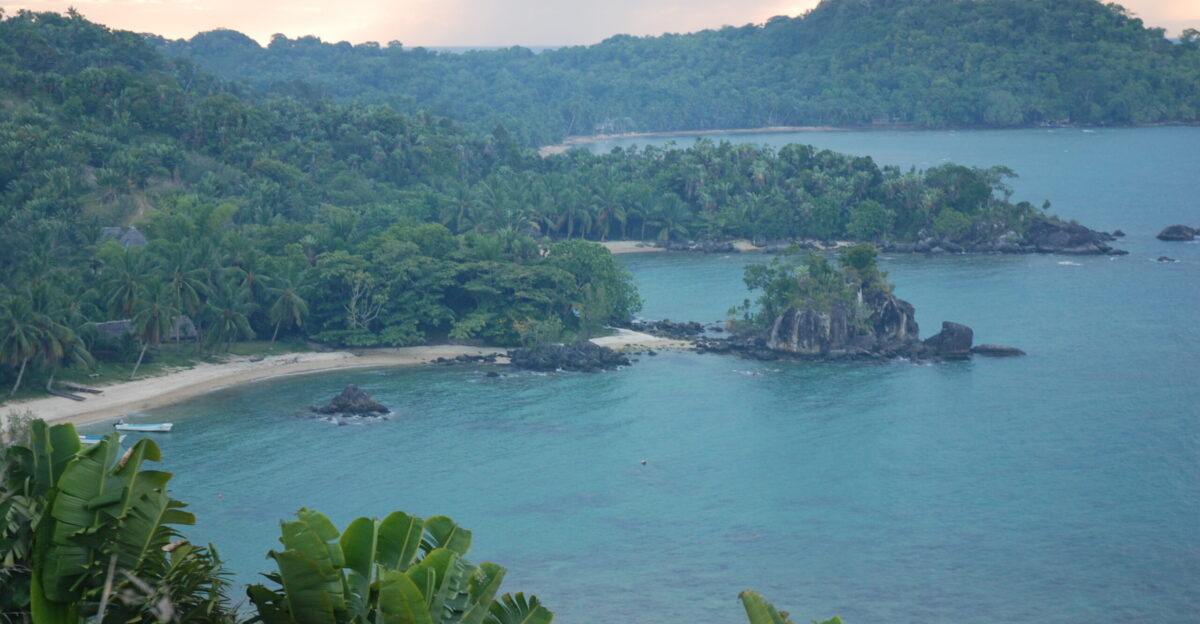
Nosy Boraha, known to sailors as Île Sainte-Marie, was a pirate’s dream: calm waters, hidden coves, and a front-row seat to the Indian Ocean’s shipping lanes. Dozens of captains anchored here, their ships heavy with stolen goods.
The island became both refuge and grave for those who vanished in these waters.
Inside the Golden Age’s Deadliest Port

Between 1690 and 1730, piracy ruled entire stretches of ocean. Sainte-Marie’s location made it a magnet for crews fleeing European navies. Clifford described it as “a port where the law never reached and the sea decided who lived and died.”
The Cabo’s capture was just one of many, but its scale made it unforgettable.
Oceans Where Ships Vanish Without a Trace
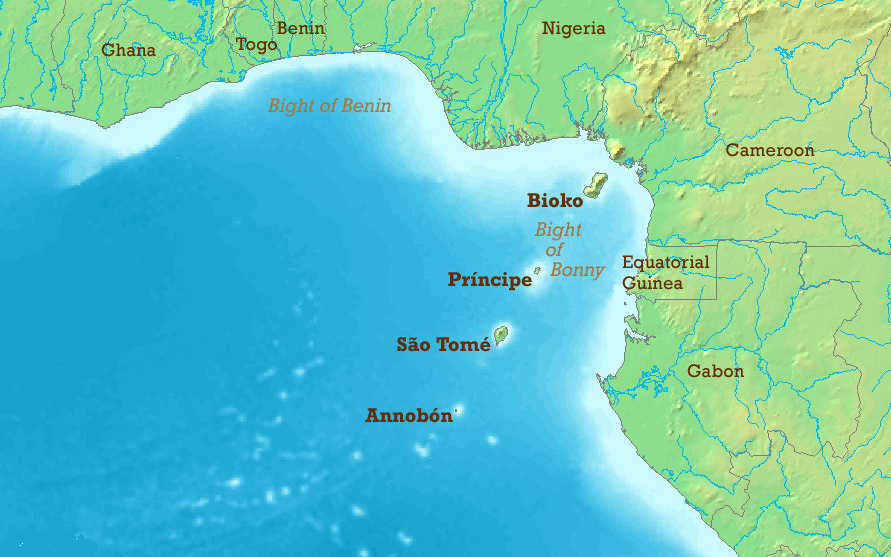
Today’s piracy hotspots – like the Gulf of Guinea or the Strait of Malacca – echo the fear that once gripped ships near Nosy Boraha. In the 18th century, these waters were worse. Logbooks tell of vanished crews, ships set ablaze, and treasures swallowed whole by the sea.
The Cabo joined the list.
Proof Hidden in the Sand

The team’s findings, detailed in Wreckwatch, include sonar scans, artifact catalogs, and archival records. While peer review continues, experts have called the evidence “compelling and hard to dispute.”
Every recovered object seems to whisper that this is the Cabo’s final resting place.
The 200 Lives History Forgot
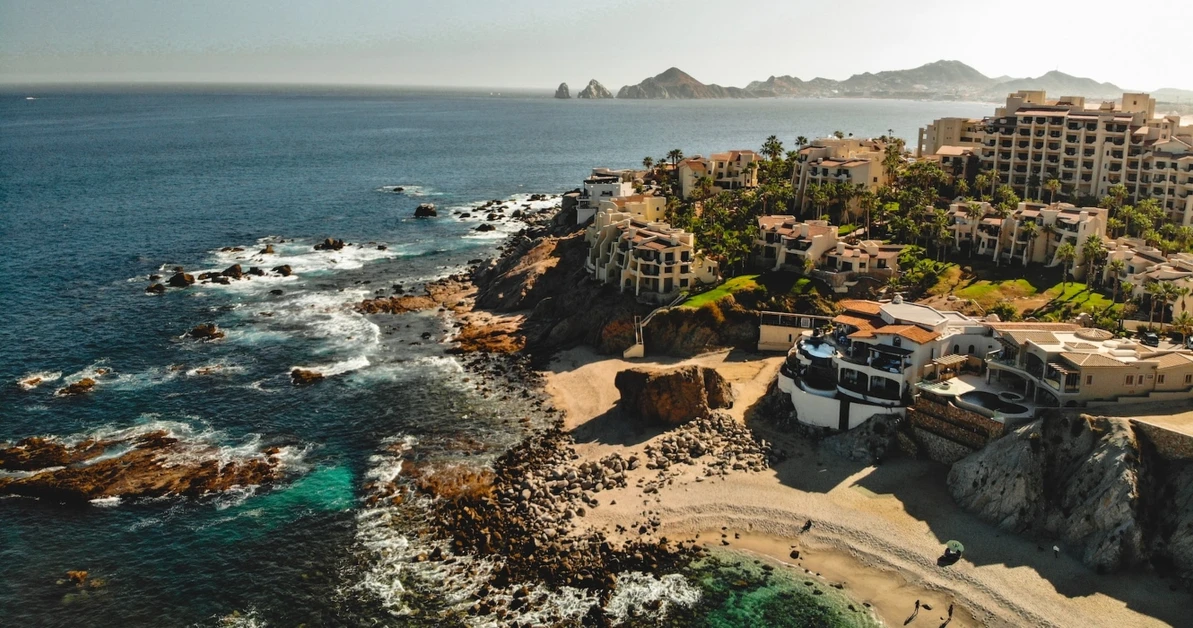
Among the Cabo’s passengers were more than 200 enslaved men, women, and children, human lives caught in the ship’s final, violent hours. After the pirate attack, their fate slipped into silence, unrecorded and unanswered.
“It’s the part of the story history rarely tells,” Clifford said. “The gold and jewels speak loudly, but the human cost whispers from the shadows, and it’s a voice we can’t afford to ignore.”
A Seabed Full of Secrets

Beneath Nosy Boraha’s turquoise waters may rest as many as ten more undiscovered wrecks – some belonging to pirates, others to merchant fleets lost to storms or war. Clifford and Agostini hope further dives will uncover them.
Each could hold secrets of an era when empires traded across oceans, clashed in distant seas, and sometimes vanished without leaving more than a whisper in the waves.
A Place in the Pantheon of Lost Ships

The Cabo’s story now sits alongside wrecks like the Whydah Gally, a pirate ship found off Cape Cod, and Colombia’s San José galleon.
Yet its mix of confirmed pirate capture, vast treasure, and religious artifacts makes it a mystery.
The Sea Still Holds Its Grip on the Story

The Cabo’s discovery is more than the unearthing of a shipwreck … it’s a doorway into an ocean at its most lawless, where fortunes were seized and lives were lost without mercy. The gold and diamonds are only the first chapter.
Somewhere beneath the shifting silt, the rest of her story lies in fragments, waiting for the day the sea loosens its grip and reveals what it has kept hidden for more than three centuries.

